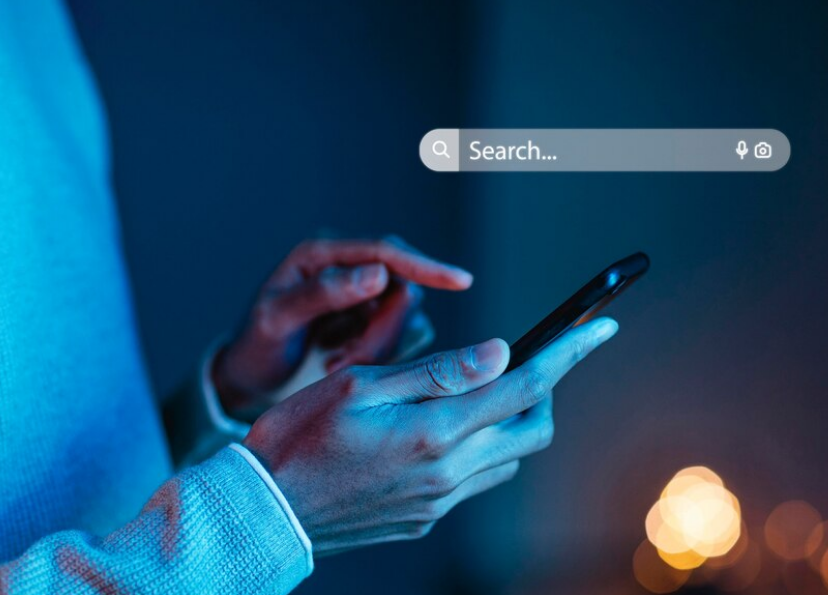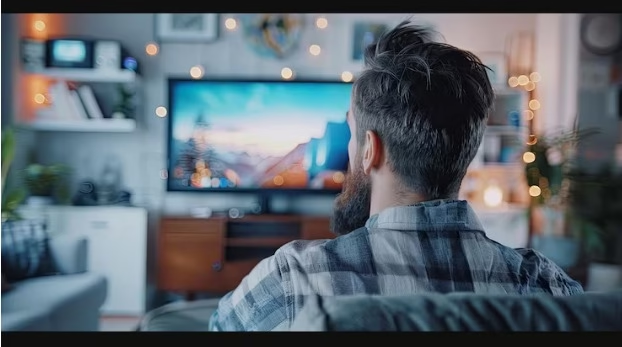On a quiet Sunday evening in 2025, it’s common to see two people on a sofa, not watching TV but editing their own story. One holds the phone, the other scrubs through clips: a train station hug, a half-lit restaurant, that slightly awkward first kiss that somehow looks better on screen than it felt at the time.

Five years ago this kind of edit usually meant hiring a wedding studio or at least a friend who knew their way around Premiere. Now it’s closer to picking a filter on Instagram. The cameras got better, of course, but the real shift sits in the invisible layer of software between the lens and the publish button.
Big tech companies keep pushing that layer forward. Google’s Nano Banana 2 series is a good example. The new models are built to clean up photos, keep faces consistent from shot to shot and understand where text or fine details should sit in a frame. That might sound niche, but it’s exactly the sort of thing short-video apps rely on when they offer “make this look cinematic” buttons.
Romantic clips have quietly become one of the main testing grounds for all of this. They are short, emotional and easy to reshoot, so couples experiment without feeling like they’re risking a big project.
Why romantic shorts suddenly look so polished
Spend ten minutes scrolling through a social feed and the patterns jump out: vertical framing, tight shots, warm colors and a story that resolves in under a minute. A typical “relationship reel” now might mix:
- a phone clip from a weekend trip,
- a slightly slowed-down close-up during a kiss,
- and a few seconds of text or emojis on top.
The difference with older clips is not the shots themselves but how carefully they are treated. Noise reduction keeps low-light scenes usable. Gentle stabilization saves shaky handheld footage. Color tools lean into soft oranges and pinks that flatter skin.
This matters for brands as well. Small cafés, florists and local fashion labels borrow the same language: a couple on a date, a product in the foreground, a logo barely visible on a cup or a wall. The romantic framing sells more than just feelings; it sells the setting.
Some platforms go further and build preset flows specifically around this style. A good example is services that market an AI kiss video free option. Instead of forcing users to learn about timelines or LUTs, they ask for a few clips and a music choice, then do the rest in the background.
Nano Banana 2 and the “hidden editor”
The buzz around Nano Banana 2 is mostly about still images, but the knock-on effects land in video. Better single frames mean better upscaling, cleaner slow motion and more convincing transitions when software invents new frames between the originals.
In practice, it works like a quiet assistant. When an app brightens eyes, fixes warped backgrounds or keeps a logo sharp on a moving cup, that’s the kind of fine-grained understanding these models bring. People rarely notice it directly; they just feel that their phone somehow “shoots nicer video than before.”
Here’s a simple way to think about how things changed:
| Task | Old approach | Typical approach now |
| Stabilising shaky footage | Manual keyframes or a dedicated plug-in | Built-in, happens on import |
| Matching colors between clips | Careful grading shot by shot | Auto-matching with small tweaks |
| Adding romantic atmosphere | Layered effects, blurs, masks | One or two presets tuned for skin and candlelight |
The effort is still there, just shifted from the user to the model.
Turning real days into “drawn” memories
Another growing habit is to re-imagine real footage as animation. A birthday dinner, a weekend hike or a first date can be turned into something that looks like a hand-painted sequence rather than a regular phone video.
Under the hood, the software traces shapes, edges and motion, then redraws each frame with stylised lines and textures. The original timing stays, but the surface feels new. For creators, this is a way to reuse the same footage across platforms without boring loyal followers. One cut stays realistic; another becomes a playful cartoon aimed at younger viewers.
Not everyone wants to stitch these systems together manually, so services that can convert video into AI animation in one go have found an audience. Upload, pick a style, wait a little, and a fresh version arrives. It’s not a replacement for traditional animators, but it does give small teams and solo artists a way to experiment without blowing their budget.
A quick note on consent and good manners
With kiss scenes, close-ups and animated faces, the ethical questions are not abstract. The rule of thumb is simple but easily forgotten: if someone is clearly visible and the edit changes the context in any strong way, it is better to ask first.
This is especially important for teenagers and children. Even harmless-looking filters can feel invasive when replayed hundreds of times or shared outside the original circle of friends. A bit of caution here protects relationships as much as reputations.
Creators also need to think about where their footage comes from. Borrowing stock or grabbing scenes from other people’s videos and feeding them into generators doesn’t magically erase copyright. The safest clips to transform are still the ones shot by the person doing the edit, or those licensed with clear terms.
What all this means for everyday storytellers
The interesting part of this trend is not that the technology exists; it’s that it finally fits into ordinary routines. Short-video editing has moved from “something a specialist does” to “something you can figure out between dinner and bedtime.”
Romantic shorts are just the most visible proof. Behind them sits a much wider shift in how people document trips, friendships, side projects and small businesses. A few years from now, looking back at 2025, the surprise might not be how advanced the models were, but how quickly regular users made them feel normal.






